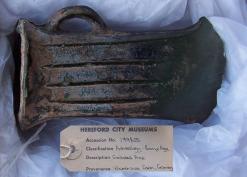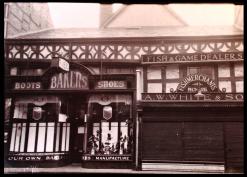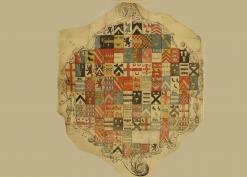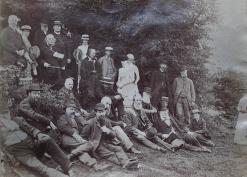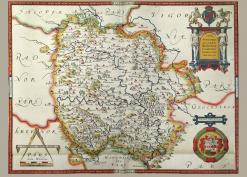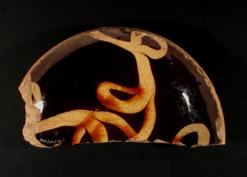Identifying pottery
Identifying pottery
The colour of the fabric is not a good base for identification because this depends on the firing, not the clay source, so different clay sources can appear the same if based just on colour.
Colour of pottery comes largely from the iron (Fe) present in all soils. If water is driven out of soil, oxygen is present and conditions are hot, i.e. up to 950° C, goethite (Fe 3O(OH)) a yellow from of iron in the clay changes to hematite (Fe 203) a red form of iron. At very high temperature around 1500° C the iron turns to ferrous iron Fe² which has a grey colour. A reducing atmosphere, one where oxygen in the kiln is restricted, produces the same effect, i.e. a grey colour. At 1000°C the pottery goes brown rather than red. Additions to the clay, such as chalk or chemical dyes, will change the colour, but this is rare in medieval pottery. Colour on these is given in Munsell (the international system of colour-coding) terms.
Medieval pottery consists almost entirely of cooking pots and jugs. Tiles (from the 12th century) and bricks (from the 14th) were also made and occasionally unusual forms such as lamps are found.
Pottery is best identified by looking at the fabric, i.e. the clay matrix of the pottery and its inclusions. See the gallery of Fabrics.
©Woolhope Naturalists' Field Club, Herefordshire
